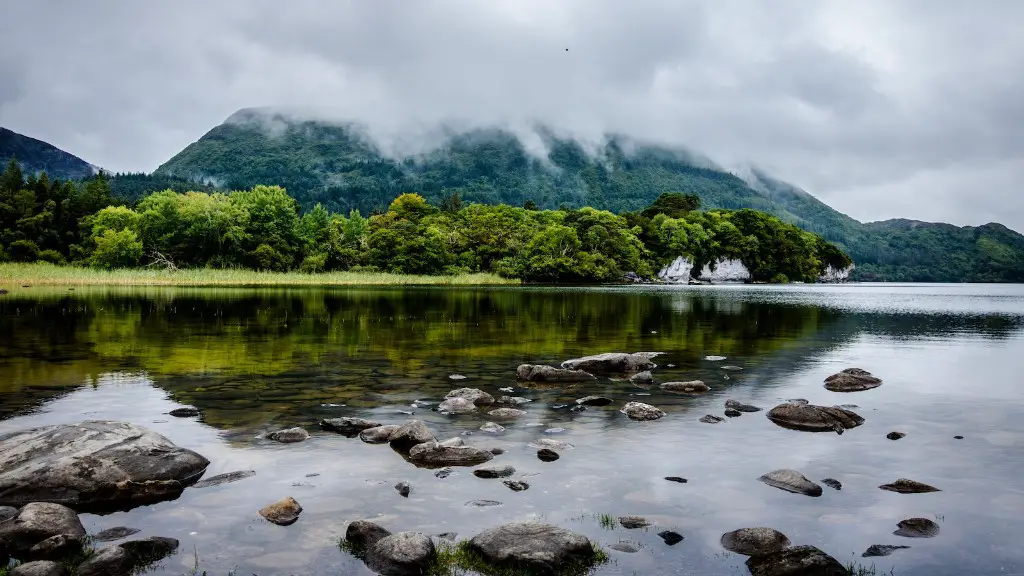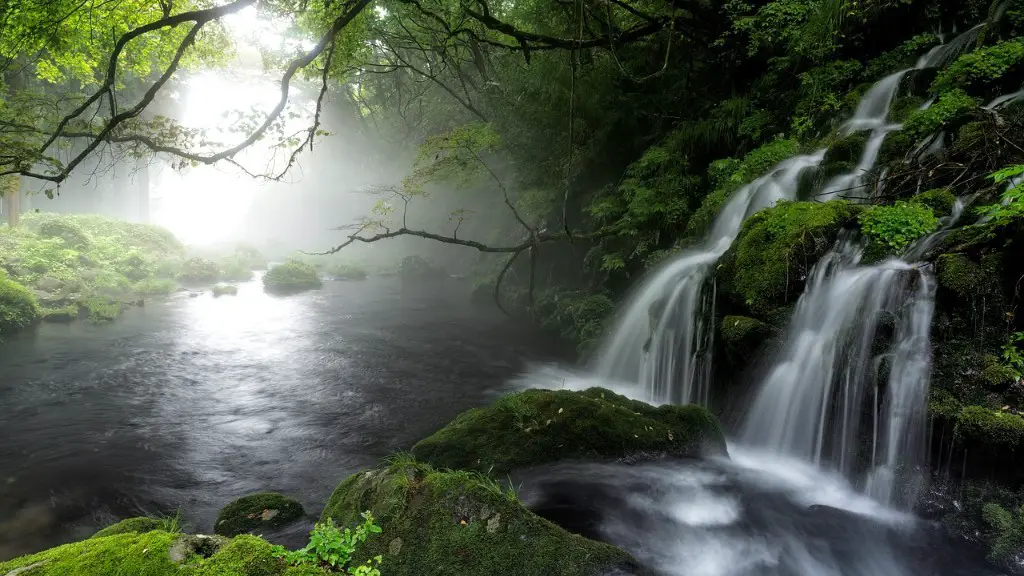The Amazon River is one of the world’s great rivers, flowing more than 6,400 kilometers from the Andes Mountains to the Atlantic Ocean. It is the largest river by discharge of water in the world, and by some measures, it is the second longest river after the Nile. The Amazon basin is home to the largest rainforest in the world, and is drained by the Amazon River, which has its origins in the Peruvian Andes. The river has been estimated to be anywhere between 2.6 and 4.0 million years old.
The Amazon River is around 3,400 miles long, making it the longest river in South America and the second longest river in the world. The Amazon River is named after the Amazons, a mythical race of woman warriors in Greek mythology.
When was the Amazon river discovered?
The Amazon is a river in South America that is named after the Amazons of Greek mythology. The first European to explore the river was Francisco de Orellana in 1541. He reported battles with tribes of female warriors whom he likened to the Amazons.
The Amazon rainforest is one of the most biodiverse places on Earth. It is thought to have originated around 10 million years ago, when waters from the west worked their way through the sandstone and began to flow eastward. During the Ice Age, sea levels dropped and the great Amazon lake rapidly drained, becoming a river. Today, the Amazon is a vital part of the Earth’s ecosystem, providing a home for countless plant and animal species.
How did the Amazon river get created
This is an amazing phenomenon that happened millions of years ago. Rivers flowing westward across what is now northern Brazil reversed their course to flow toward the Atlantic, and the mighty Amazon was born. A previous study suggested that the about-face was triggered by gradual changes in the flow of hot, viscous rock deep beneath the South American continent. This is an incredible event that created one of the most amazing rivers in the world.
1. The Amazon River originates in Peru.
2. The Amazon River System meanders through nine South America countries.
3. A Slovenian athlete once swam almost the entire length of the Amazon River in 66 days.
4. The Amazon River provides 20% of the ocean’s fresh-water supply.
5. The Amazon River is the largest river in the world by discharge volume of water.
6. The Amazon River is the second longest river in the world, after the Nile River.
7. The Amazon River basin covers an area of approximately 7 million square kilometers.
8. The Amazon River is home to the largest rainforest in the world.
9. The Amazon River is home to more than 3,000 species of fish.
10. The Amazon River is home to the pink river dolphin.
11. The Amazon River is sometimes referred to as the “River Sea”.
12. The Amazon River was first explored by Europeans in 1541.
13. The Amazon River is one of the seven wonders of the natural world.
14. The Amazon River is a major source of income for many South American countries.
15. The
Is the Amazon still unexplored?
The Amazon rainforest is one of the most remote and difficult to access places on earth. This is both a blessing and a curse. On one hand, it means that many areas of the rainforest remain unexplored. On the other hand, it also means that those areas are less exploited than more accessible parts of the region.
The Amazon is one of the most exciting and diverse swimming spots in the world. With around 60,000km of inland waterways, countless lakes, lagoons and beaches, the Amazon is a great place to swim. There are many different types of swimming spots in the Amazon, so there is something for everyone. Whether you want to swim in a lake, lagoon or beach, the Amazon has it all.
Where is the oldest forest in the world?
The Gilboa site is located in Cairo, New York and is known for being the world’s oldest forest. The forest is slightly older than the one in Gilboa, New York, at 387 million years old. Winifred Goldring was the first to dub the Gilboa site the “world’s oldest forest” in the 1920s.
65 years is a pretty short time for an ecosystem to make a comeback, but 4000 years is an incredibly long time. This really puts into perspective how significant human impact can be on the environment. We often think of the damage we’re doing as being temporary, but this study shows that it can have lasting effects for centuries. It’s important to be mindful of our impact on the natural world, because even though it may not seem like it, we are changing it in a big way.
How much if the Amazon rainforest is left
The loss of forest cover in the Brazilian Amazon is estimated to be around 3,315,849 km2 by the year 2020. This represents a loss of around 803% of the original forest cover from 1970.
The Finke River is believed to be the oldest river in the world at 350-400 million years of age. The river is located in Australia and is a major tributary of the MacDonnell Ranges. The river is also one of the most isolated rivers in the world.
How much is the Amazon river worth?
The Brazilian rainforest is an important part of the world’s ecosystem, and preserving it is crucial for the environment and the economy. According to a study by the Environmental Defense Fund, keeping the rainforest in tact would preserve $82 billion of annual revenue in the economy. However, Brazil’s new president Jair Bolsonaro is more concerned with short-term gains, and he has plans to exploit the rainforest for its resources. This could have devastating consequences for the environment and the economy in the long run.
The Amazon basin is the largest rainforest in the world, and nine countries share it. Brazil contains the most of the rainforest, at 584%. The other eight countries include Peru with 128%, Bolivia with 77%, Colombia with 71%, Venezuela with 61%, Guyana with 31%, Suriname with 25%, French Guiana with 14%, and Ecuador with 1%.
How deep is Amazon River
The Amazon River is the largest river in the world, and it is deepest in the middle section of the river. The average depth of the Amazon River is 20 to 50 meters (66 to 164 ft), but it plunges to around 100 meters (330 ft) at its deepest points. The Amazon River is a vital waterway for trade and transportation in South America, and it is also an important source of fresh water for the people who live along its banks.
The Amazon is a vital part of the world, not just for the people who live there but for the health of the planet. It is home to an incredible diversity of plant and animal life, and its forests play a critical role in regulating the Earth’s climate. The destruction of the Amazon would have devastating consequences not just for the people who rely on it for their livelihoods, but for the entire planet.
What is the deepest spot in the Amazon river?
The Amazon river is the largest river in the world and is located in South America. It runs through several countries including Brazil, Peru, and Colombia. The river is around 4,000 miles long and is home to a huge variety of plant and animal life. The deepest point in the river is 328 feet deep and occurs in the lowermost section of the river. This is significantly deeper than the upper reaches of the river. Due to the great depth of the river, many parts of it are navigable by ships.
The scientists were able to identify the ancient ruins of a vast urban settlement around Llanos de Mojos in the Bolivian Amazon that was abandoned some 600 years ago. The technology they used, lidar, is a form of remote sensing that uses light to map the surface of the earth. This allowed them to see through the dense canopy of the forest and get a clear view of the ruins below.
Final Words
The Amazon River is approximately 4,400 miles long.
The Amazon River is at least 3 million years old.





